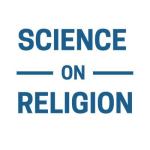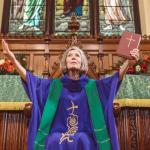In these two short conversations, Celia Deane-Drummond takes up the question of life: of our living now and our living to come.
In the first, “What is Life For?”, Deane-Drummond remarks on the exuberance of life, the forms most wonderful that give pause to thought. With expertise in both biology and theology, Deane-Drummond sees so much more than simple existence in the forms of this world, so much more than function in the variety and diversity of creation. But she is also, like many, troubled by the suffering of life, the death and destruction that ravages the world. It is Deane-Drummond’s goal, through her synthesis of science and theology, to use the tools of theology to help us try and understand the difficulties disclosed to us by science.
In the second, “What’s a Resurrection Like?”, Deane-Drummond responds to the question of what comes after this life. From the beginning, she fully acknowledges the difficulty that the Christian eschatological vision poses science; indeed, it defies science. But, as a theologian-scientist, Deane-Drummond is committed to working through such resistances between her various fields of expertise. Key for her is the Christian emphasis on bodily resurrection, first figured by Jesus Christ. Such a vision entails a renewal of creation, not its replacement, which means that resurrected life will not be an impoverished life, a life without the myriad shapes and forms of the natural world, the multiplicity of its values, but one full to bursting with the riches of creation. Eschatology is not just about human lives, for Deane-Drummond, but about the whole of creation being restored. A concept that poses a mystery to traditional science is for Deane-Drummond a fruitful ground for inquiry, a meeting place for faith, reason, and observation.












